Have you ever caught your cat knocking over a glass of water or scratching your favorite couch, only to wonder if they feel guilty about it? While many pet owners swear their feline friends exhibit signs of remorse, the question remains: do cats truly feel guilt, or are they simply confused by our reactions? It’s a topic that has intrigued animal behaviorists and cat lovers alike, stirring debates and sparking curiosity. Let’s delve into the fascinating world of feline emotions to uncover the truth.
The Enigmatic World of Feline Emotions
Cats are often seen as mysterious and independent creatures, which makes understanding their emotions a bit of a puzzle. Unlike dogs, who are known for their expressive faces and wagging tails, cats communicate in subtler ways. Their body language, vocalizations, and behaviors can leave even the most seasoned cat owner scratching their head. When it comes to emotions like guilt, this enigmatic nature only adds to the confusion. Are those wide eyes a sign of remorse, or are they merely reacting to our tone of voice?
Understanding the Concept of Guilt
Guilt is a complex emotion that involves recognizing that one has done something wrong and feeling remorseful about it. For humans, guilt often stems from empathy and an understanding of societal norms. But can cats, with their different brain structures and social behaviors, experience this emotion? While some researchers argue that animals may have a rudimentary form of guilt, others believe that what we perceive as guilt is merely a response to our reactions.
The Science Behind Feline Emotions
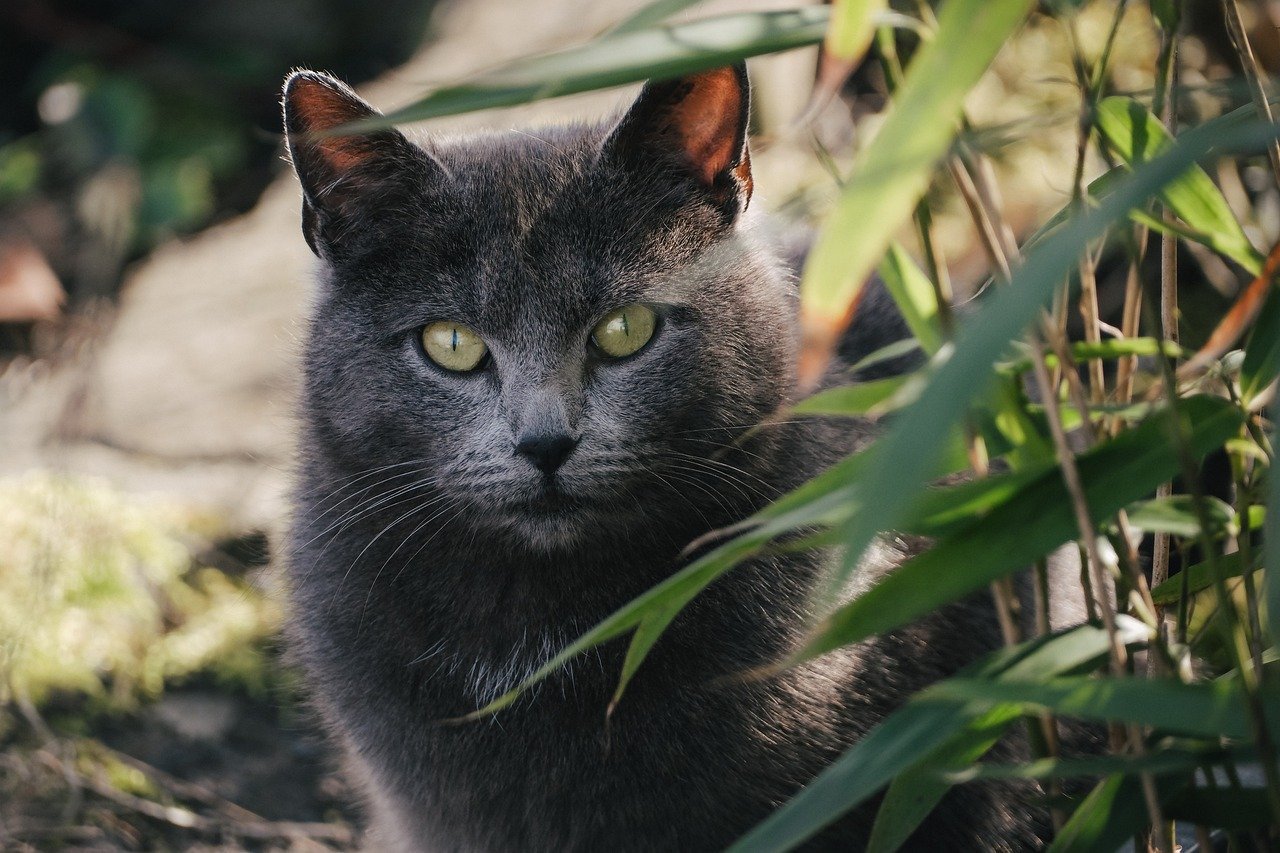
Research into animal emotions is an evolving field, and studies on feline feelings are relatively limited compared to those on dogs. However, scientists have discovered that cats do experience a range of emotions, including fear, affection, and even jealousy. The amygdala, a part of the brain associated with emotions, is present in cats, suggesting they have the capacity for emotional experiences. But whether they feel guilt remains a topic of debate among experts.
Body Language: Misleading or Telling?
Cats use their bodies to communicate, and certain behaviors can be misinterpreted as guilt. For instance, a cat with its ears flattened and eyes wide might appear guilty, but these signs often indicate fear or submission. A tail tucked between the legs could mean the cat is anxious rather than remorseful. Understanding these cues requires careful observation and knowledge of individual feline personalities.
Confusion: The More Likely Explanation
When a cat engages in behavior that displeases us, our reactions can confuse them. Raised voices, sudden movements, or changes in our demeanor can startle cats, leading to behaviors that mimic guilt. In reality, the cat might be trying to make sense of the situation and avoid further conflict. This confusion is often mistaken for guilt, but it’s more about navigating an unpredictable environment.
Human Interpretation: Seeing What We Want to See
As humans, we often project our emotions onto our pets, interpreting their actions through our lens. When we see a cat looking “guilty,” it might be because we’re expecting to see remorse. This anthropomorphism can lead to misunderstandings about feline behavior. It’s essential to remember that cats live in a world governed by different rules and motivations than our own.
Training and Behavior Modification
While cats may not feel guilt, they can learn from their experiences. Positive reinforcement and consistent training can help modify unwanted behaviors. Instead of focusing on punishment, which can lead to confusion and fear, rewarding good behavior encourages cats to repeat desirable actions. Understanding this can improve the relationship between cat and owner, reducing the need for guilt-based interpretations.
The Role of Environment and Routine
A cat’s behavior is heavily influenced by its environment and daily routine. Disruptions or changes can lead to stress and confusion, affecting how they react to certain situations. Providing a stable and enriching environment can help minimize behaviors that might be misinterpreted as guilt. Cats thrive on routine, and maintaining a consistent schedule can enhance their emotional well-being.
Comparing Cats and Dogs: A Different Emotional Spectrum
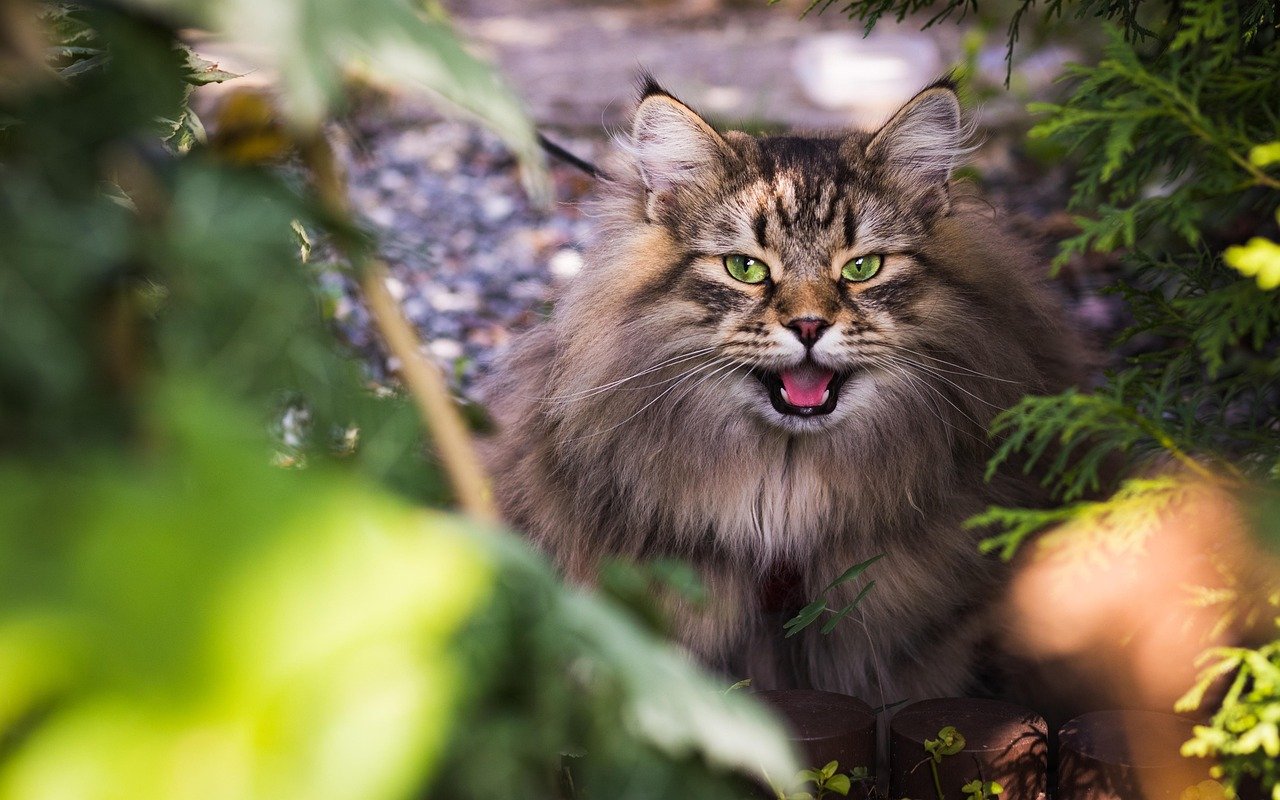
Dogs are often touted as more emotionally expressive than cats, which might contribute to the perception of guilt in felines. Dogs have been bred for thousands of years to work closely with humans, developing a unique bond that includes reading human emotions. Cats, on the other hand, have retained more of their wild instincts, leading to different emotional expressions. This difference might explain why guilt is more commonly associated with dogs.
Feline Independence: A Double-Edged Sword
Cats are known for their independence, which can be both a blessing and a challenge for owners. This trait means they are less likely to seek approval from humans, a key component of guilt in social animals. While this independence allows cats to thrive on their own, it can make understanding their emotions more challenging. Recognizing this independence is crucial in interpreting their behavior accurately.
The Impact of Early Experiences
A cat’s early experiences can shape its emotional responses. Kittens raised in nurturing environments with positive human interactions are more likely to develop secure and confident personalities. Conversely, those with negative or traumatic experiences may exhibit behaviors that mimic guilt, such as hiding or avoiding eye contact. Understanding a cat’s history can provide valuable insights into its emotional world.
Guilt vs. Fear: Spotting the Difference
Fear and guilt can manifest in similar ways, leading to confusion in interpretation. A cat that seems guilty might actually be fearful of punishment or negative consequences. Recognizing the signs of fear, such as dilated pupils or a crouched posture, can help differentiate between these emotions. This understanding is crucial for addressing the root cause of the behavior and fostering a positive environment.
The Influence of Human-Cat Relationships
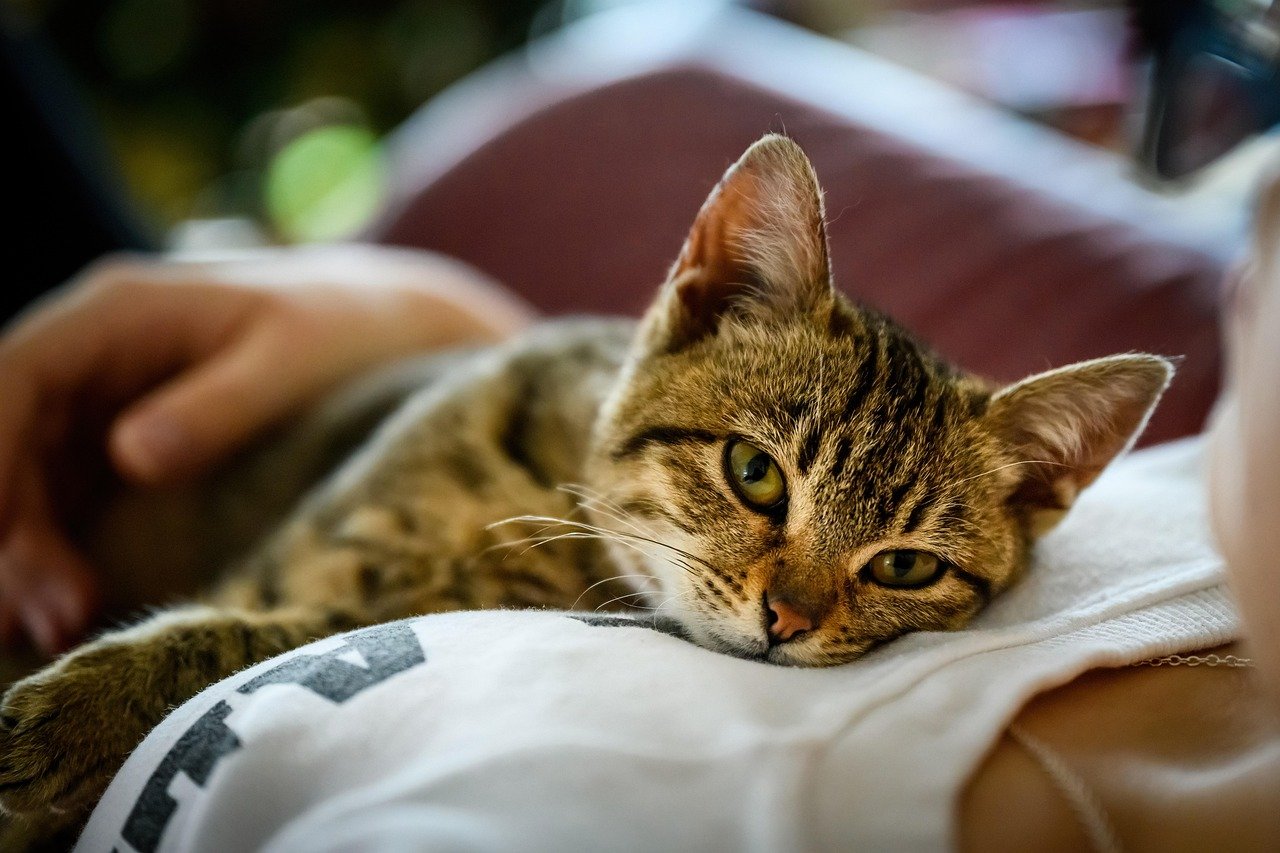
The bond between a cat and its owner plays a significant role in how emotions are perceived. A strong, trusting relationship can lead to better communication and understanding, reducing the likelihood of misinterpreting behaviors as guilt. Building this bond requires patience, empathy, and a willingness to see the world from a feline perspective.
The Power of Play: A Window into Emotions
Play is a vital part of a cat’s life, offering insights into their emotional state. Engaging in play can reduce stress, improve mood, and strengthen the bond between cat and owner. Observing a cat during playtime can reveal its true emotions, free from the constraints of guilt or confusion. Play provides a natural outlet for energy and curiosity, enriching a cat’s life.
The Role of Communication: Listening to Your Cat
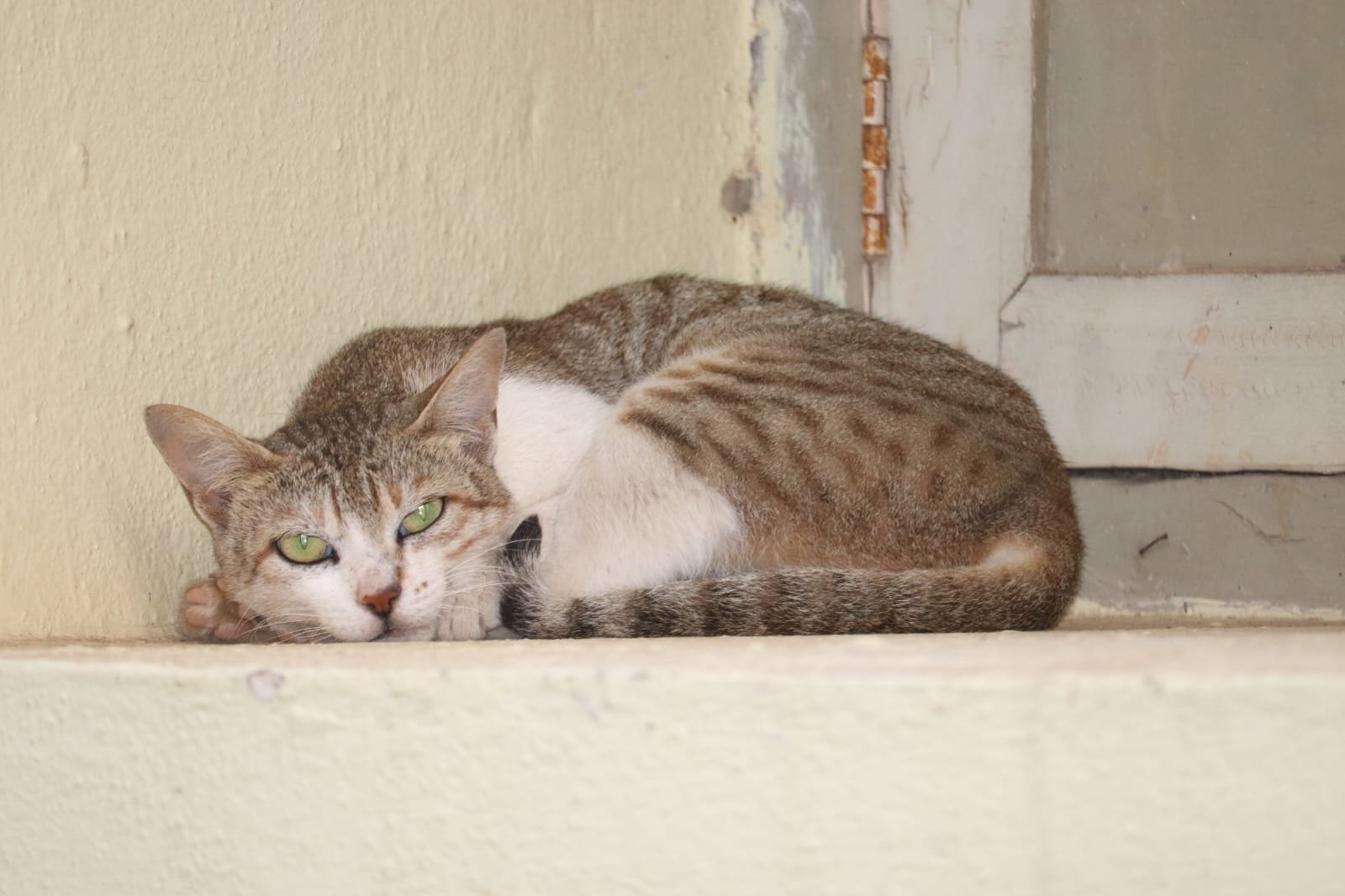
Effective communication with a cat involves more than just verbal cues. Paying attention to their body language, vocalizations, and behavior patterns can reveal much about their emotional state. By learning to “listen” to your cat, you can better understand their needs and emotions, reducing the likelihood of misinterpretation. This communication fosters a harmonious relationship built on mutual respect and understanding.
Common Misconceptions About Cat Behavior
Many myths and misconceptions surround cat behavior, leading to misunderstandings about their emotions. For example, a cat knocking over objects is often seen as malicious, but it might be a way to explore their environment. Debunking these myths requires a willingness to learn and adapt, recognizing that cats have unique ways of interacting with the world. Understanding these behaviors can lead to more informed and compassionate care.
The Importance of Empathy in Pet Ownership
Empathy is a crucial component of responsible pet ownership. By putting ourselves in our cat’s paws, we can better understand their emotions and motivations. This empathy allows us to respond to their needs with kindness and patience, fostering a loving and supportive environment. Recognizing that cats may not feel guilt as we do encourages us to approach their behavior with an open mind and heart.
Conclusion: The Mystery Continues
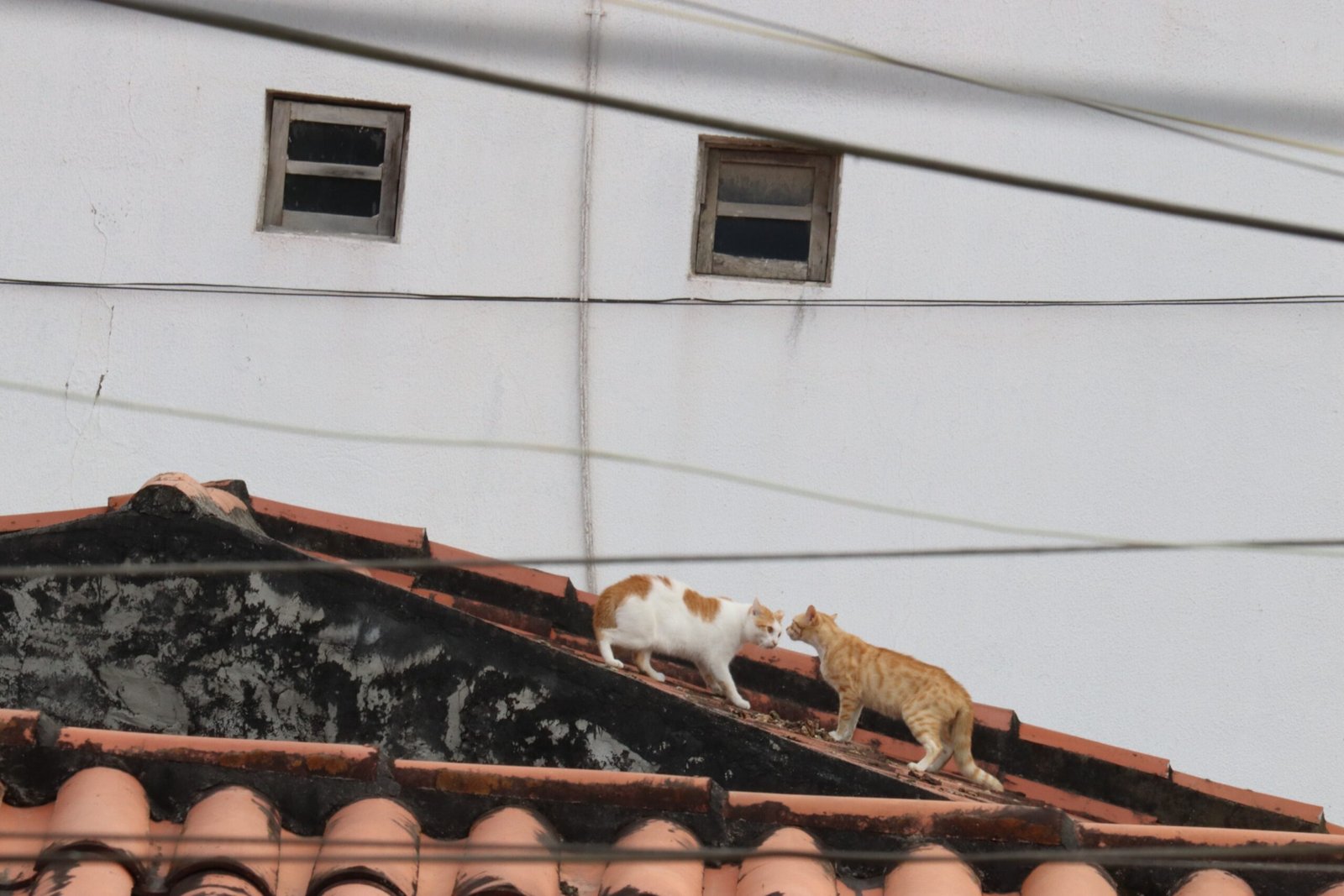
The question of whether cats feel guilt or just confusion remains an intriguing mystery. While evidence suggests that confusion and fear play significant roles in feline behavior, the debate over guilt persists. Understanding our feline friends requires a willingness to explore their unique emotional world, embracing the complexity and wonder of their lives. After all, isn’t it the mystery that makes our bond with cats so special?
Hi, I’m Bola, a passionate writer and creative strategist with a knack for crafting compelling content that educates, inspires, and connects. Over the years, I’ve honed my skills across various writing fields, including content creation, copywriting, online course development, and video scriptwriting.
When I’m not at my desk, you’ll find me exploring new ideas, reading books, or brainstorming creative ways to solve challenges. I believe that words have the power to transform, and I’m here to help you leverage that power for success.
Thanks for stopping by, Keep coming to this website to checkout new articles form me. You’d always love it!






